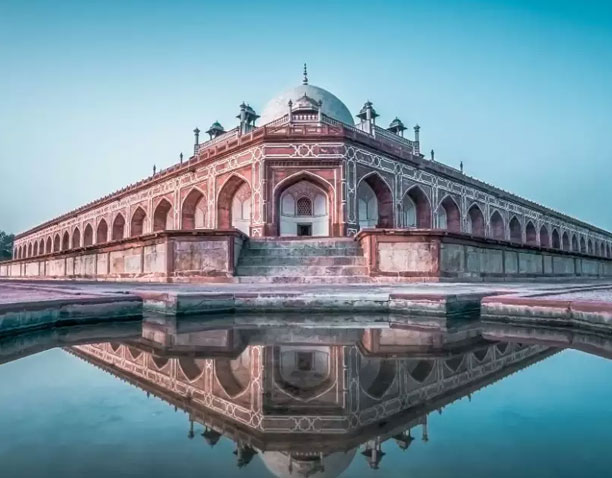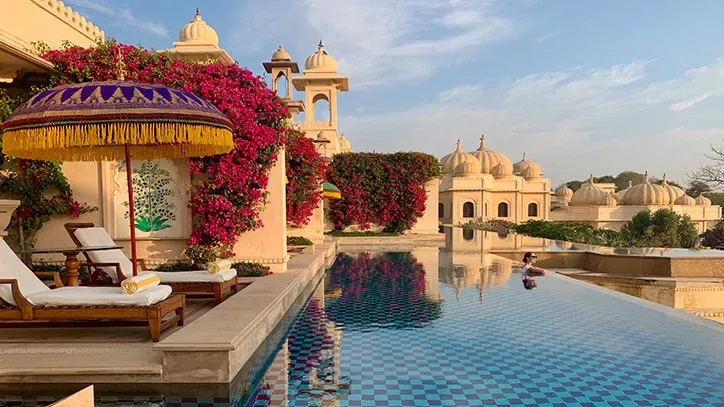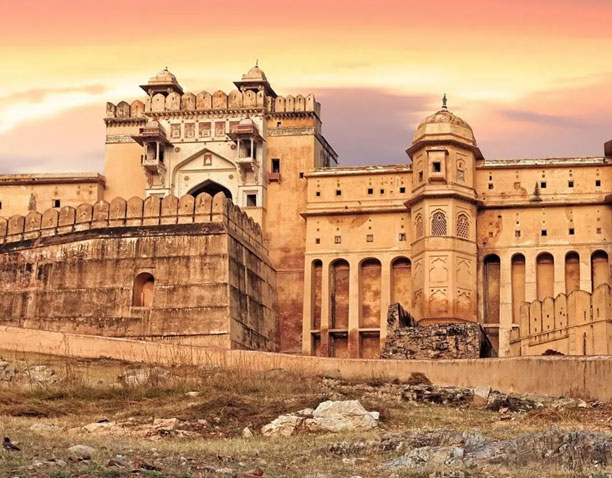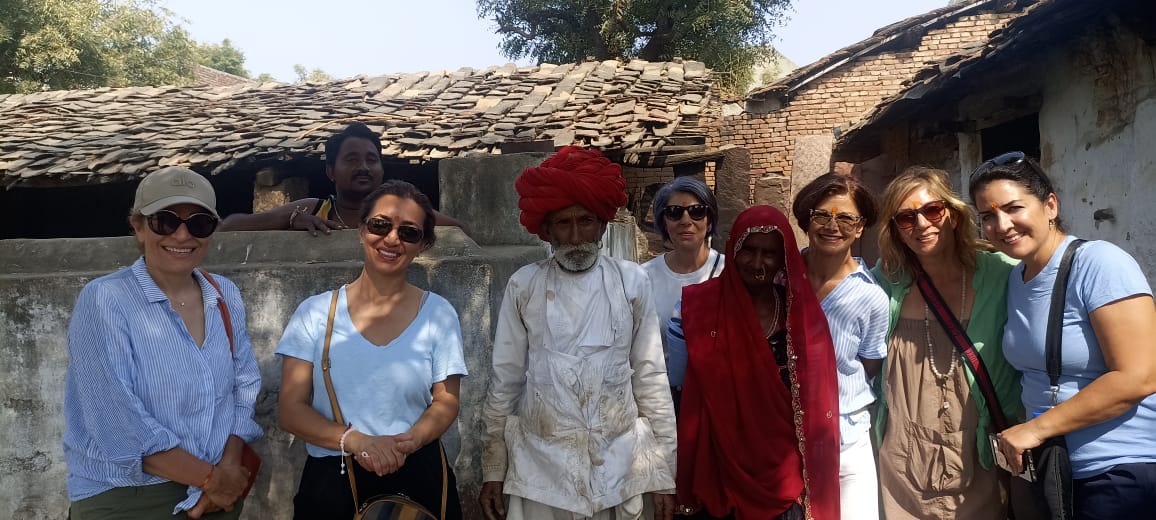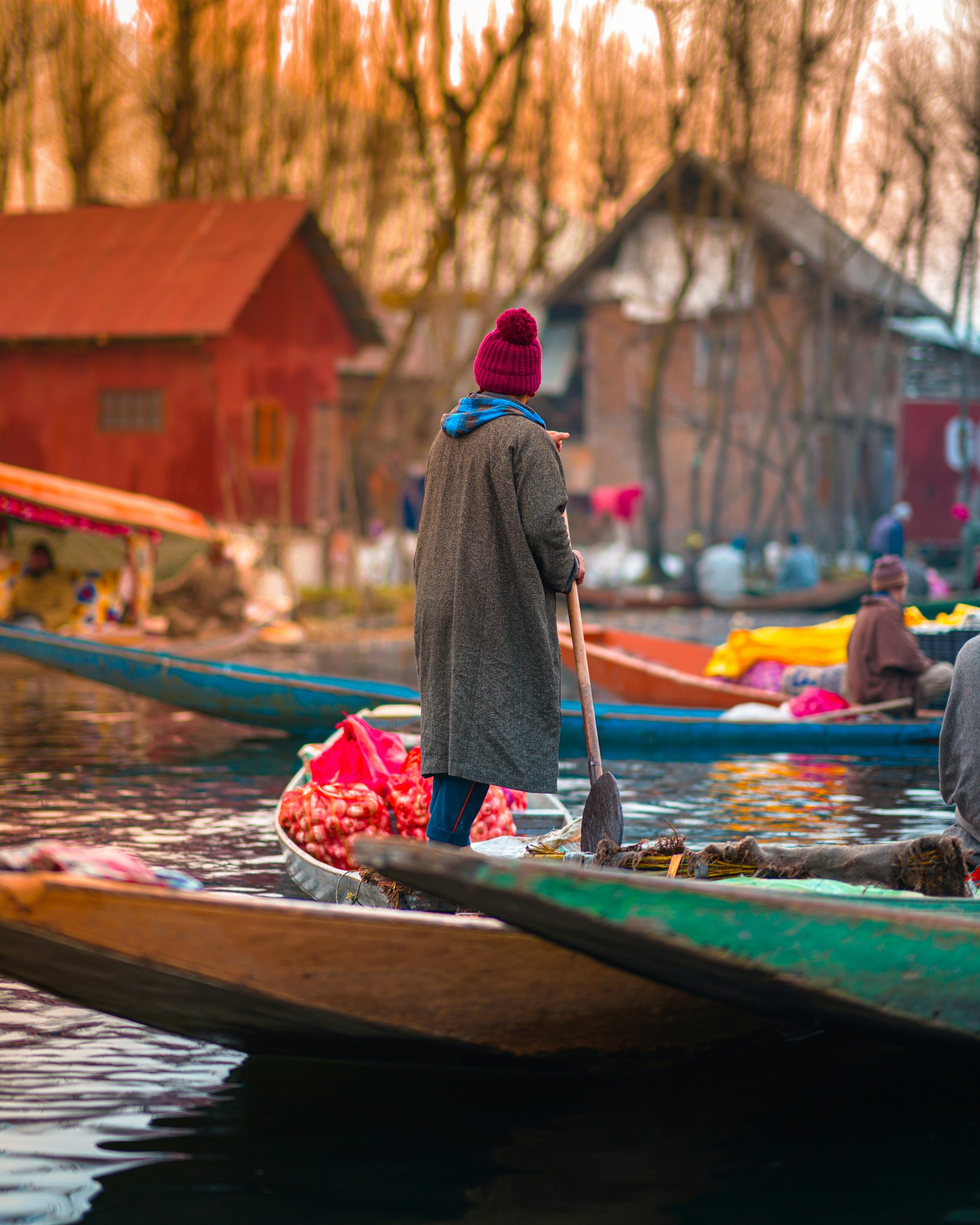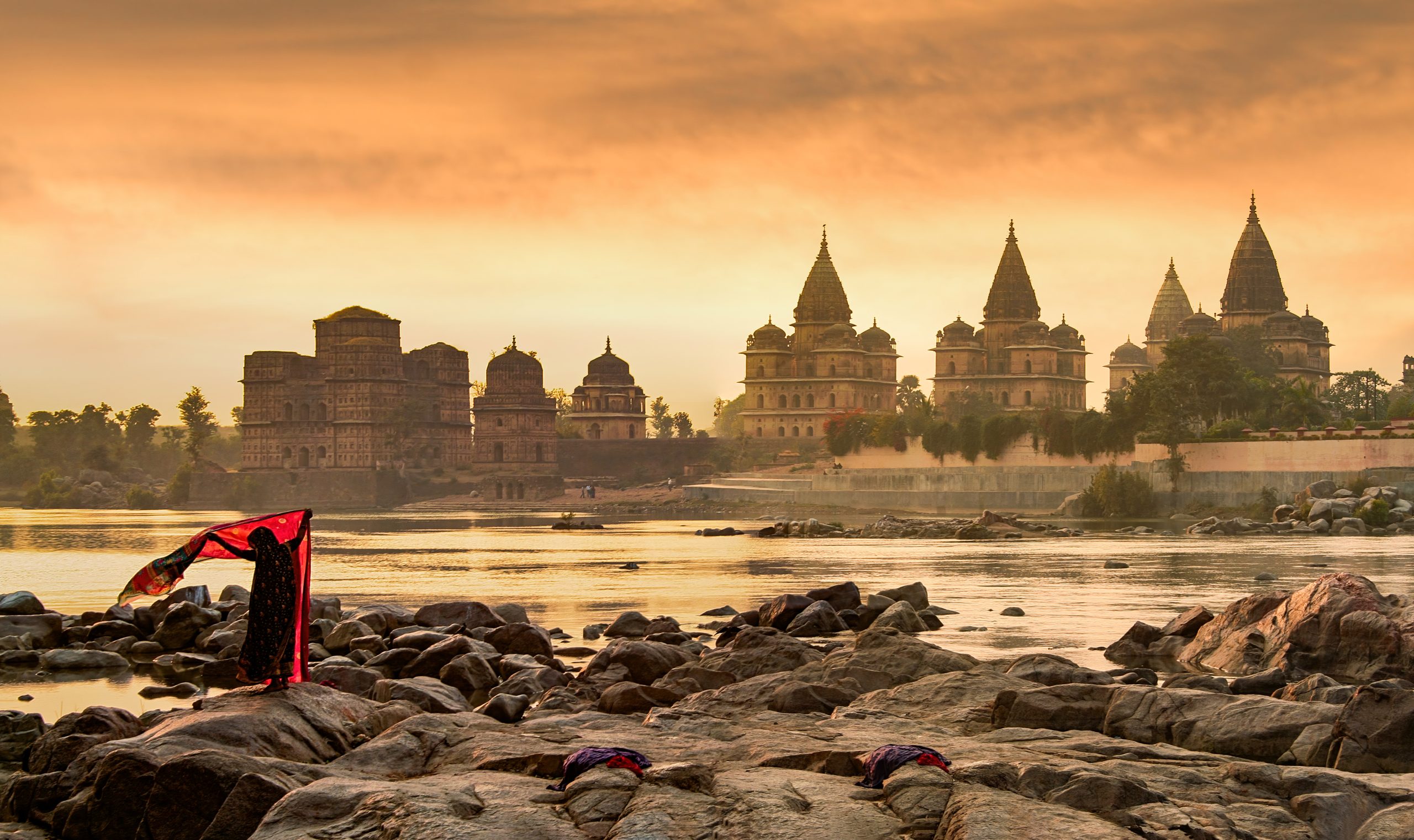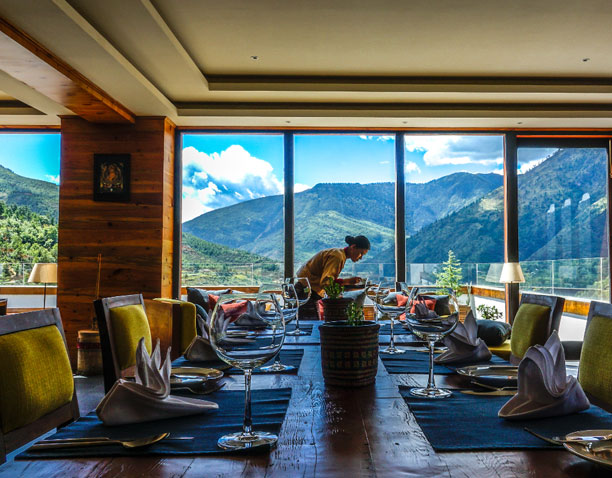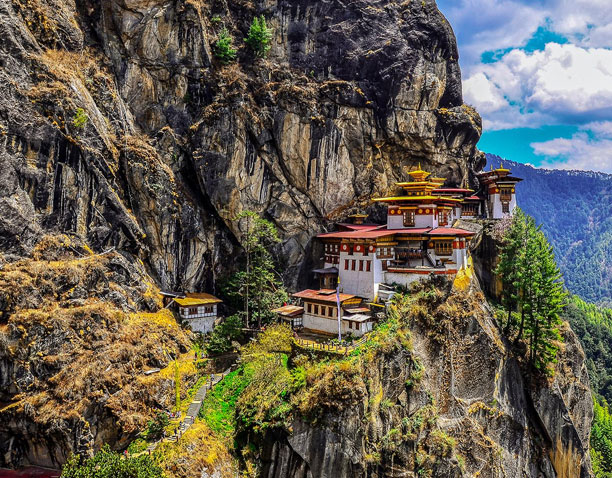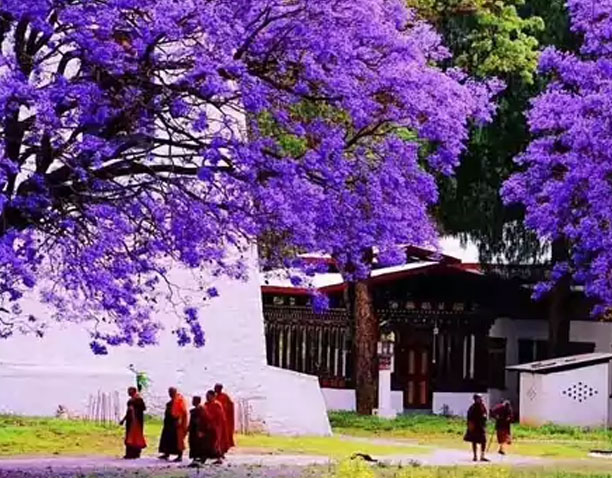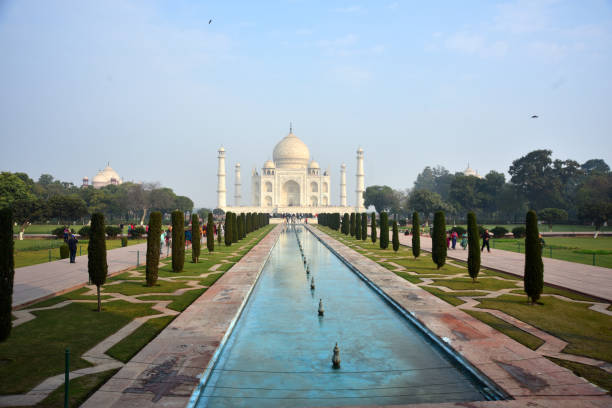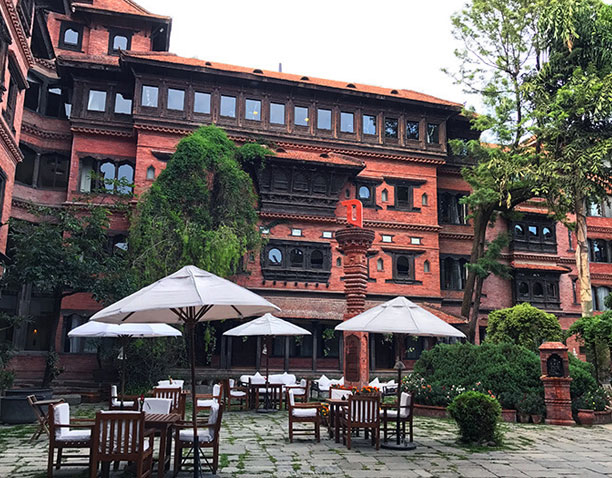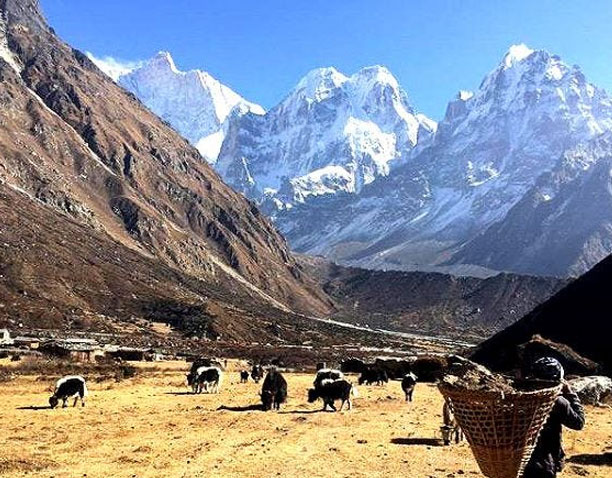The Golden Triangle tour, a renowned tourist route in the golden triangle country of India, is well-known for good reason. This highway, also known as the gold triangle, as depicted on the golden triangle map, connects prominent places such as Jaipur, Agra, and Delhi, the capital of India. If you’re wondering what is the golden triangle, it’s this route that takes 4-6 hours to drive on each trip and 3-4 hours to commute by rail. Along the Golden Triangle tour and route, you will see massive forts, magnificent palaces, bustling bazaars, and other sights.
Here is my brief overview of the Golden Triangle tour, also known as the golden triangles tour india, in an effort to persuade you to visit India.
WHEN TO VISIT INDIA
The finest months to travel to India and explore the Golden Triangle tour are from October to March. These are the most pleasant months, and this is also the time of year when flowers are in blossom. The monsoon season, which lasts from late May to early October, and the sweltering summer months should be avoided.
GOLDEN TRIANGLE STOP 1: DELHI
Delhi, a key city in the Golden Triangle, offers great airline options from the UK and appears to be the cheapest airport to fly into. With a population of more than 19 million, it is easy to imagine how busy it is. Keep in mind that trains must be reserved well in advance when making travel arrangements to your next location within the golden triangles. A typical train ticket costs around 450 INR.
THE RED FORT
The Red Fort is located in Old Delhi along the banks of the Yamuna River. The name of the monument comes from the red sandstone walls that enclose the complex. Its two principal entrances are the Delhi Gate and the Lahore Gate.
THE LOTUS TEMPLE
The Lotus Temple is a relatively new temple when compared to other ones in India, having been completed in 1986. Be warned that Mondays are closed. All religions are welcome to visit, pray, or meditate at the temple, and there is no entrance fee.
JAMA MASJID
Jama Masjid, one of India’s largest mosques, is located not far to the west of the Red Fort. Use caution as there are a few very busy highways to cross. The mosque is accessible every day of the week, however, when it is open for prayer, others are not allowed inside.
The cost of taking photos is 300 INR, but admission is free. Wearing clothing that covers your shoulders and legs is also advised; if not, you can buy a robe there.
THE INDIA GATE
70,000 Indian soldiers died in World War One, and the India Gate serves as a memorial to them. It may be found in New Delhi’s city center. Even though it is most beautiful when lit up at night, expect it to be very crowded at that time.
GOLDEN TRIANGLE TOUR STOP 2: AGRA
The Taj Mahal, a key attraction in the Golden Triangle, can be found in Agra. One of the seven wonders of the world, and I can confirm that seeing it in person is even more breathtaking! There isn’t much to do in Agra, so one or two days would be enough to visit the Taj Mahal at dawn and twilight as part of your golden triangles tour.
The Taj Mahal is a white marble mausoleum that features calligraphy, semiprecious stones, and inlay work. In memory of his wife Mumtaz Mahal, the Mughal Emperor Shah Jahan gave the order to start construction in 1632. It took about 20 years to complete.
GOLDEN TRIANGLE TOUR STOP 3: JAIPUR
As a significant part of the golden triangle, Jaipur, also known as the Pink City, is a bustling city with over 3 million inhabitants. Located 167 miles from Delhi, this gold triangle city is renowned for its stunning pink architecture. Just outside of Jaipur’s city center in the town of Amer, the Amer Fort and the Amer Palace are conveniently accessible by taxi or Uber. If you’re tempted to take an elephant ride to the top, know that the elephants are forced to work by carrying tourists while being chained with painful spikes.
Badi Chaupar’s walled Old City is where you’ll find the Hawa Mahal. You can stop by the several bazaars on your way to the Hawa Mahal. The best views are from any of the rooftop cafes across the street.
ADDITIONAL STOP – RANTHAMBORE NATIONAL PARK
In the Sawai Madhopur region of southeast Rajasthan, halfway between Agra and Jaipur, I also made a brief detour into Ranthambore National Park as part of my golden triangles journey. Ranthambore is accessible by rail, with Sawai Madhopur being the closest station.
Even though the Park isn’t really part of the golden triangle tour, I couldn’t refuse the chance to try and view a wild Bengal tiger in the wild during my golden triangles tour!
If you have some time in north India, I would suggest making the stop even if it requires many hours of driving further south of Jaipur. In nine days, I finished these four locations of the golden triangle. I went on two safaris, and although I wasn’t fortunate enough to see a tiger the first time, I was the second time.
There are two safari companies: Gypsy and Canter. Canter has 20 seats and is marginally less expensive. Gypsy, however, feels a little more at ease when the tour is smaller. If you ever have the chance, I highly suggest planning a trip to the Golden Triangle because it is an incredible experience to know more about Indian Cultural, traditions, and history in a short time.

